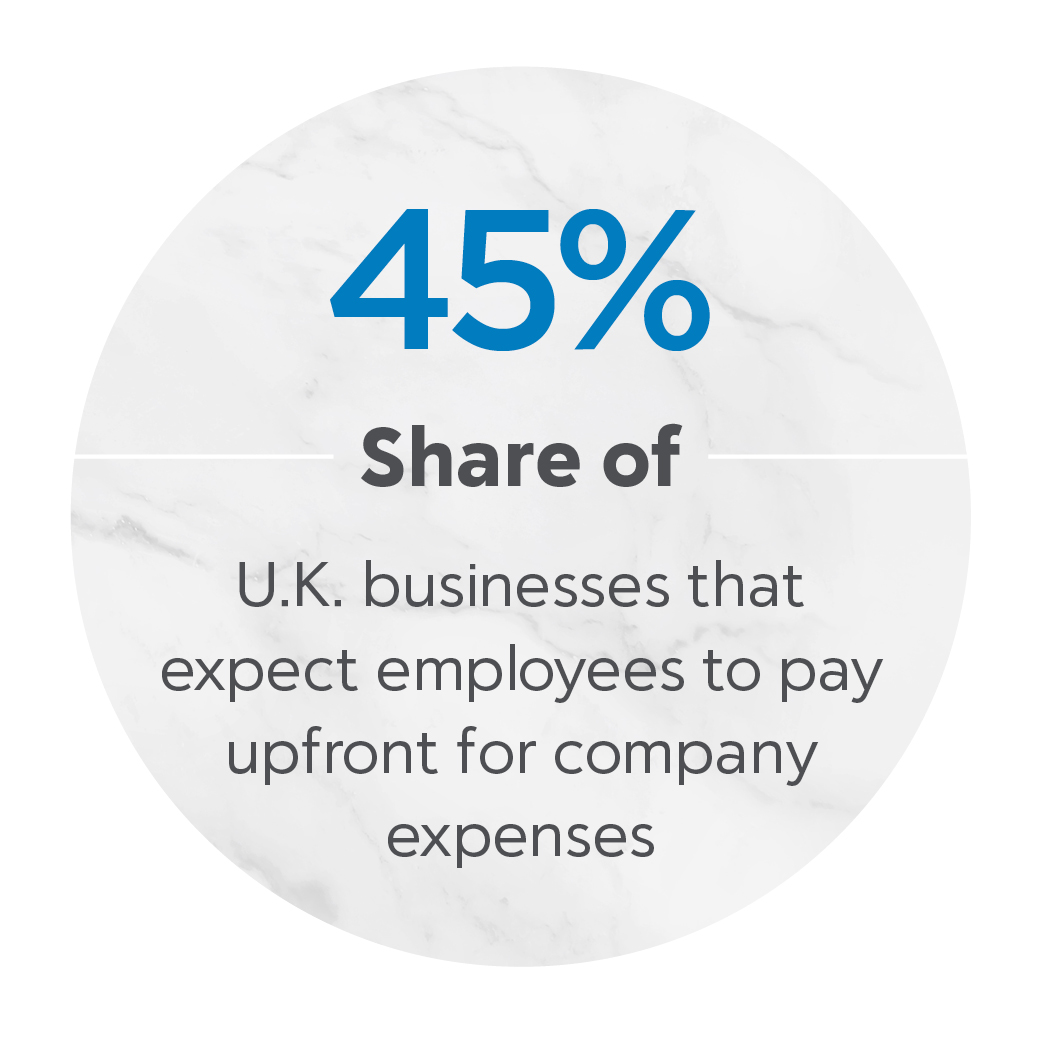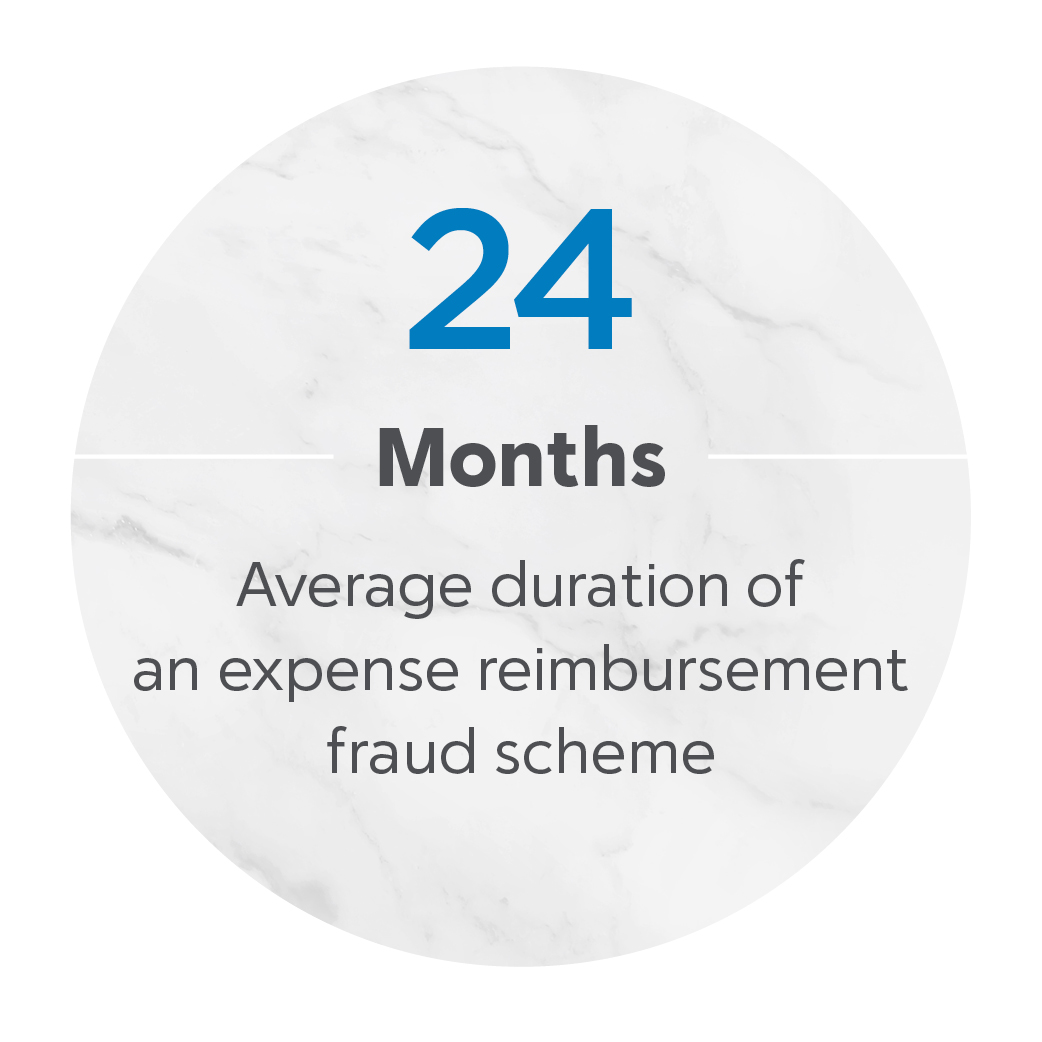It’s an inconvenience many field-based employees face: being forced to dip into their own personal accounts to make company purchases for work-related projects, then enduring the hassle of filing and waiting for reimbursement. Whether they’re buying a plane ticket to visit clients, furnishing food for a company meeting or handling any other matter of expense, one-third of American employees are forced to wait at least two weeks to get paid back for their out-of-pocket expenditures after submitting receipts to their employers.
Though companies may assume all is well, so long as they eventually settle up, slow reimbursements can be a big problem in the job satisfaction and personal lives of their employees. In fact, 45 percent of U.S. workers reported experiencing money shortages while waiting for expense claim reconciliation.
In the August Workforce Spend Management Tracker, PYMNTS explores how companies are turning to new corporate spending solutions to keep workers happy — and financially stable.
 Around The Workforce Spend World
Around The Workforce Spend World
Paper-based reconciliation can be a hassle to both employers and employees alike. Filing forms for reimbursement takes up valuable employee time and creates opportunities for human error to slip in. One effort to combat those struggles comes from Conferma, a virtual payments technology company, and Bank of Montreal (BMO) Financial Group. The pair teamed up to offer single-use virtual cards to corporate travelers to replace paper-heavy processes.
Other providers are turning to digital tools for better expense tracking to help smooth the reconciliation process. Business expense management software provider Happay, for one, announced a new artificial intelligence (AI)-powered service that automatically captures and records details on business travelers’ daily expenses.
Even travel companies are rolling out their own solutions to make employee spending easier to track. Rideshare superpower Lyft recently upgraded its B2B service, enabling riders to log expenses under suggested purchase categories, with the information sent to employers on a monthly basis.
Deep Dive: How Corporate Cards Help Universities Spend Smarter
Universities have to host a variety of events, including alumni dinners, graduations, research panels and more, but getting these events off the ground is no easy (or cheap) task.

Managing spending for these events often tends to get tricky, since event planners typically deal with multiple vendors, use multiple forms of payment and make purchases not only before but during the event, as last-minute needs emerge. With so many types, times and forms of spending, tracking and processing it all can get confusing. It’s easy for event planners to make errors when filing expenses for reimbursement, and easy for intentional fraud to go undetected.
Those issues are inspiring universities to look for improved approaches. The Tracker’s Deep Dive explores how universities are supplying event planners with corporate cards to enable them to make purchases, all while the spending information can be clearly tracked, with spending limits put in place.
How Bevi Keeps Field Technicians’ Cash Flow Liquid
Universities work to facilitate spending so that events can run smoothly during the fall and winter. When it comes to the hot summer months, however, water companies like Bevi take center stage. The smart water solutions provider deploys technicians out in the field, where they install, maintain and repair its machines. Retaining technicians, meanwhile, means finding expense management solutions to reimburse them quickly and easily for their work expenses.
In this month’s feature story, Bevi Co-founder Frank Lee discusses the inspiration for the company and the tools it uses to keep employees compensated and motivated.
To read the full story, download the Workforce Spend Management Tracker™.
About The Tracker™
The Workforce Spend Management Tracker™, powered by PEX, is a monthly report that examines how corporate spend solutions work to empower businesses with mobile workforces, to make field-based purchases and with deeper insight into how funds are being spent.